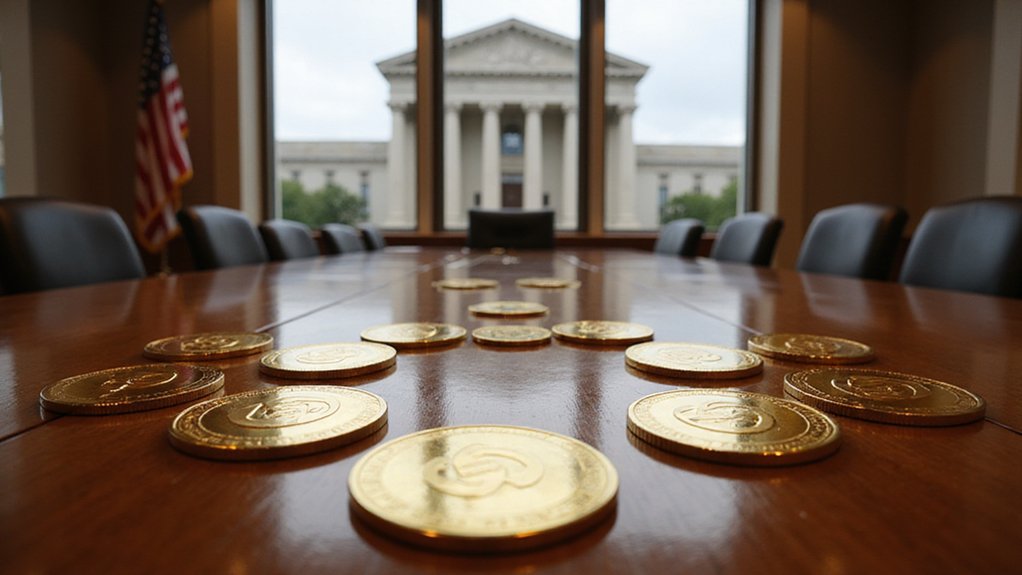Circle is positioning itself to fundamentally reshape the stablecoin landscape through a calculated regulatory gambit that would transform USDC from a third-party custodied digital asset into the cornerstone of what could become America’s first federally chartered digital currency bank. The company’s application to the Office of the Comptroller of the Currency seeks to establish “First National Digital Currency Bank, N.A.”—a federal trust bank charter that would grant Circle unprecedented control over its $600 billion in USDC reserve assets while providing institutional digital asset custody services.
This strategic maneuver represents more than mere regulatory compliance theater. Unlike traditional banking charters that permit deposit-taking and lending, Circle’s proposed trust bank structure deliberately eschews these conventional revenue streams, focusing instead on custody operations that align perfectly with stablecoin infrastructure demands.
The move would position Circle alongside Anchorage Digital as the second federally chartered digital asset custodian, though Circle’s scale dwarfs most competitors given USDC’s $60 billion circulation.
The timing proves particularly astute, coinciding with the GENIUS Act‘s push toward regulated stablecoin frameworks requiring asset segregation and enhanced institutional oversight. Direct federal supervision would subject Circle to traditional banking regulatory standards—a compliance burden that smaller competitors might find prohibitively expensive, potentially consolidating market share among established players. As the cryptocurrency landscape moves toward greater regulatory clarity, this federal oversight approach positions Circle to benefit from the more favorable regulatory environment many experts predict for 2025.
Circle’s broader ambitions extend beyond regulatory arbitrage into direct infrastructure competition with payment giants Mastercard and Visa. The company is launching a USDC-centered payments network targeting banks, fintech firms, and remittance providers—a return to Circle’s original payments-focused mission. The platform’s remarkable growth trajectory demonstrates this potential, with monthly transaction volume reaching $1 trillion in November 2024.
This represents a fascinating corporate evolution: from payments startup to stablecoin issuer to potential digital banking infrastructure. The strategic importance of this positioning becomes even more evident through Circle’s recent partnership with Intercontinental Exchange, which will explore USDC integration across ICE’s derivatives exchanges and clearinghouses.
The technological foundation supporting these ambitions leverages blockchain’s near-instantaneous settlement capabilities across open protocols, enabling programmable money functionality that traditional payment rails cannot match.
With over 500 million USDC wallets globally, Circle possesses the user base necessary to challenge established payment networks, though whether institutional adoption will follow remains the vital question.
Success would establish precedent for other stablecoin issuers seeking federal charters, potentially accelerating the transformation of digital assets from speculative instruments into mundane financial infrastructure—arguably the highest compliment any revolutionary technology can receive.








